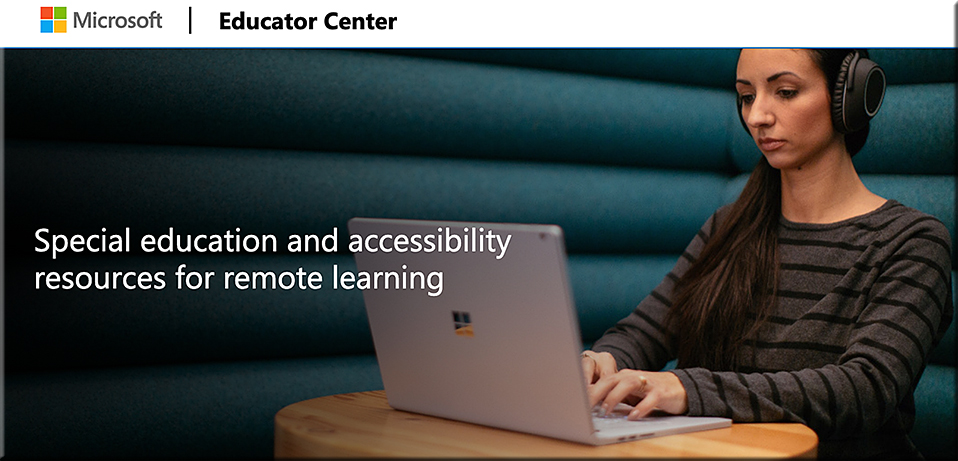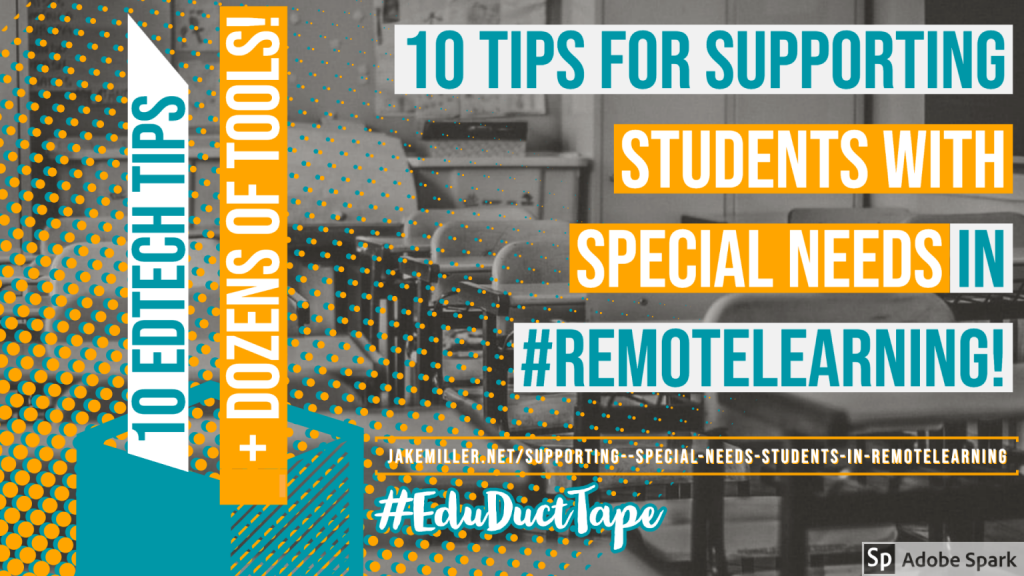
Special education and accessibility resources for remote learning — from education.microsoft.com
Excerpt:
For special educators, diversity demands they provide inclusive, accessible learning environments that inspire confidence and encourage independence differently for each student. Learn about how to create a personalized and engaging remote learning experience for all of your students through the resources provided in these pages.
These resources are intended for all educators, but will be especially helpful for educators and support staff who work in the following areas: special education, assistive technology, blind and visually impaired, deaf and hard of hearing, occupational therapy, physical therapy, speech language pathology, early childhood special education, behavior, counseling, school psychology, language interpretation, literacy, autism, and many other areas that assist students who need specially designed instruction.















